If you want to have bigger tires for your 15" rims but don't know the maximum size they can fit, we've got you covered! Here is what we discovered in our research on the biggest tires that can accommodate 15" rims.
The maximum tire size you can securely mount on a 15" rim is 33 inches. It is advisable to never mount a tire larger than this size.
Read on as we discuss the standard tire size that goes with a 15-inch rim. We'll also cover the importance of getting the right tire size for your wheel and how it affects your vehicle's performance. We'll also delve into the advantages and disadvantages of having too big tires.
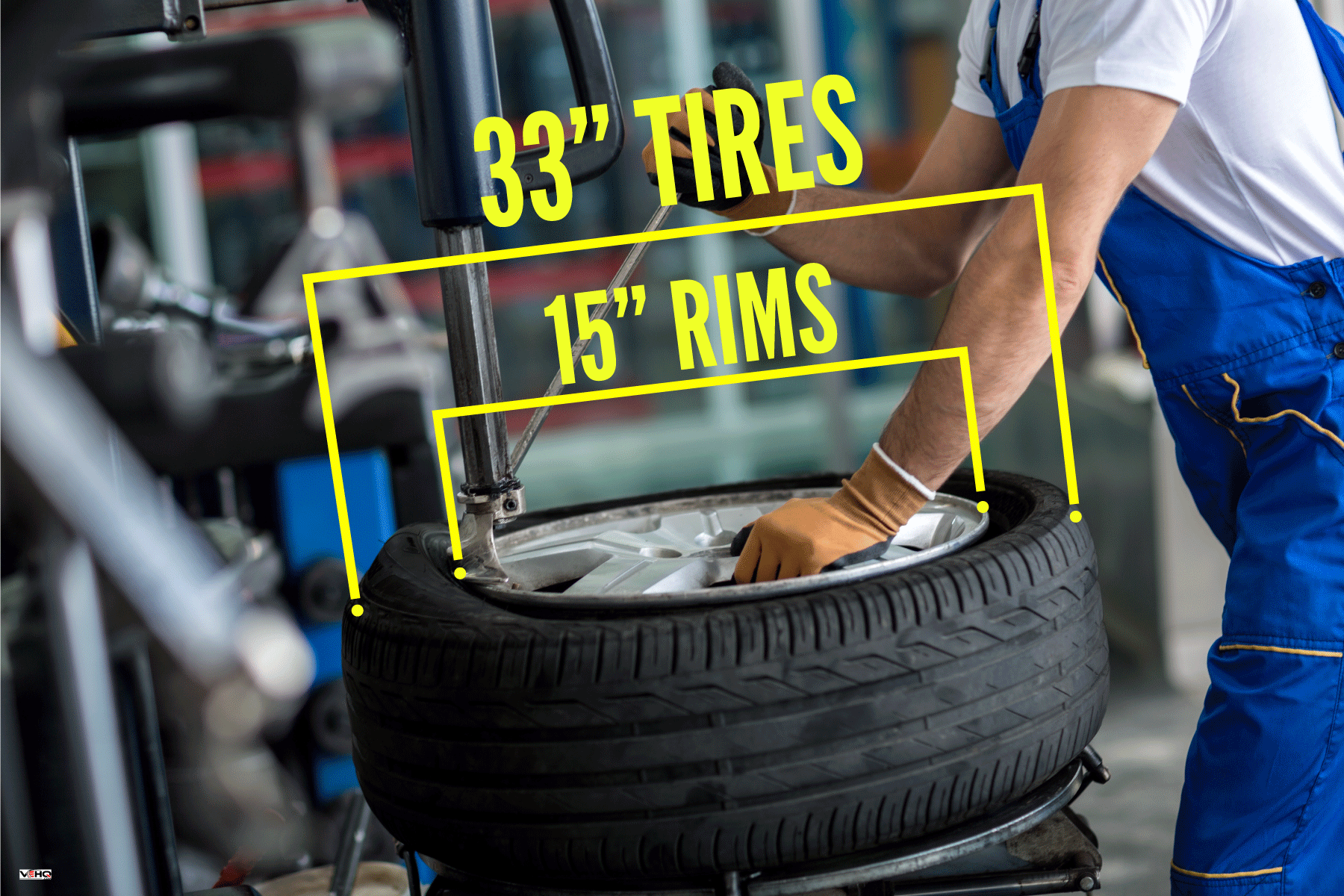
What Standard Tire Size Goes With 15-Inch Rims?
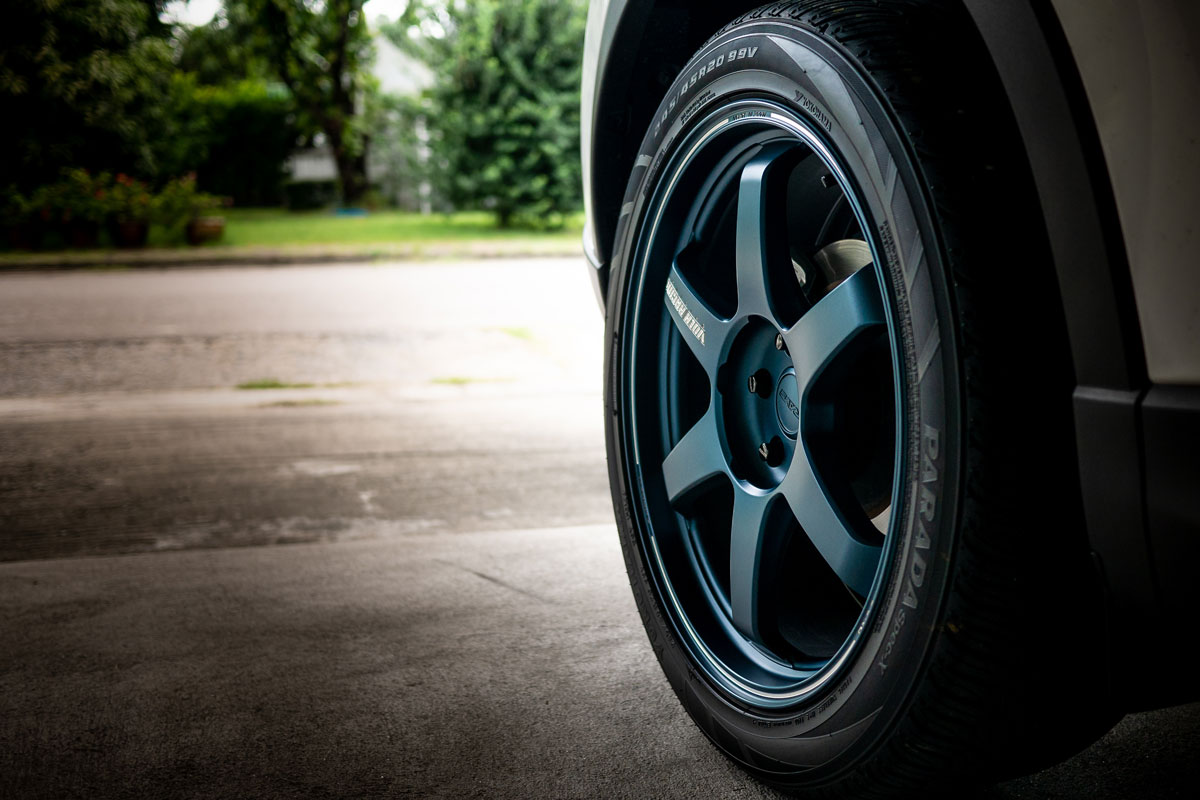
For 15-inch rims, the standard tire size that they fit is 24 inches. Although tire sizes between 25" and 32" are bigger than the standard size, they will still fit your rim.
Additionally, these are the frequently used tires under the R15 category:
- P215/70R15
- P205/65R15
- P235/75R15
What Is The Common Section Width Size Of A R15 Wheel?
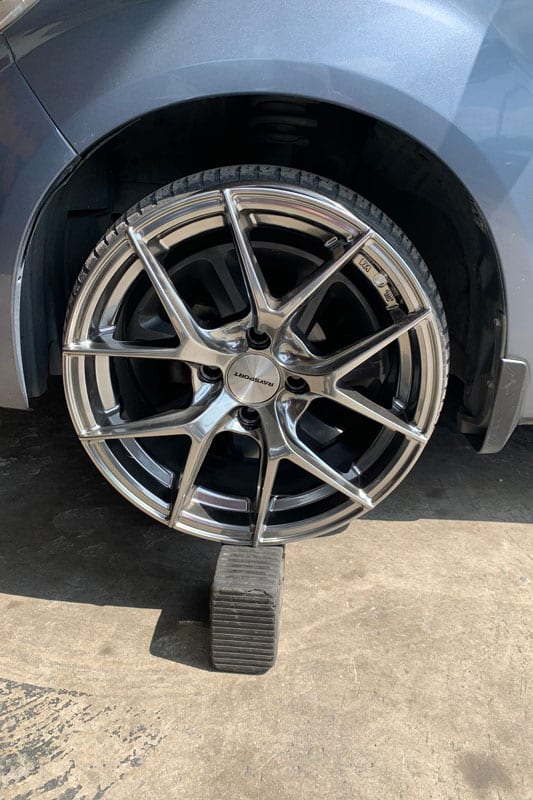
The most typical sidewall aspect ratio for a 15-inch rim is roughly 70%, while the most typical section width falls between 8.5" (215 mm) to 9.3" (235 mm).
How Does Bigger Tire Size Affect Your Car's Performance?
You should consider your car's performance before deciding to change the tire size. Sure, style and appearance matter. But the power and efficiency of your vehicle are more important.
Here is how your tire size affects the car's performance:
Acceleration
When developing vehicles, engineers consult closely with tire producers to ascertain which sizes should be installed on a specific car and then modify the gearbox ratio accordingly.
A larger wheel and tire diameter will also result in a greater final reduction ratio, which has the dual effect of reducing acceleration potential while increasing top speed.
Following Newton's Second Law of Motion, increasing the size of your wheels will reduce the driving force that your wheels produce, which will ultimately result in a reduction in acceleration.
As a result, cars with larger tires will accelerate more slowly but reach higher top speeds.
Axle Weight & Center Of Gravity
The axle weight as a whole is directly proportional to the wheel diameter. So the larger the diameter, the more inertia it will create, the lesser the acceleration, and the less precise the cornering will be.
Increased tire diameter will increase the chassis height and center of gravity. As a result, the vehicle could roll more readily. The driving experience would differ as well, feeling bulkier, more like driving a construction vehicle than a performance vehicle.
Speedometer Reading
Your car's speedometer is calibrated and type-approved for the tires that came with the vehicle. So, when you enhance your tires by going bigger than their stock size, you run the risk of having less accurate speedometer readings.
Why Is It Important To Choose The Right Size For Your Wheels?
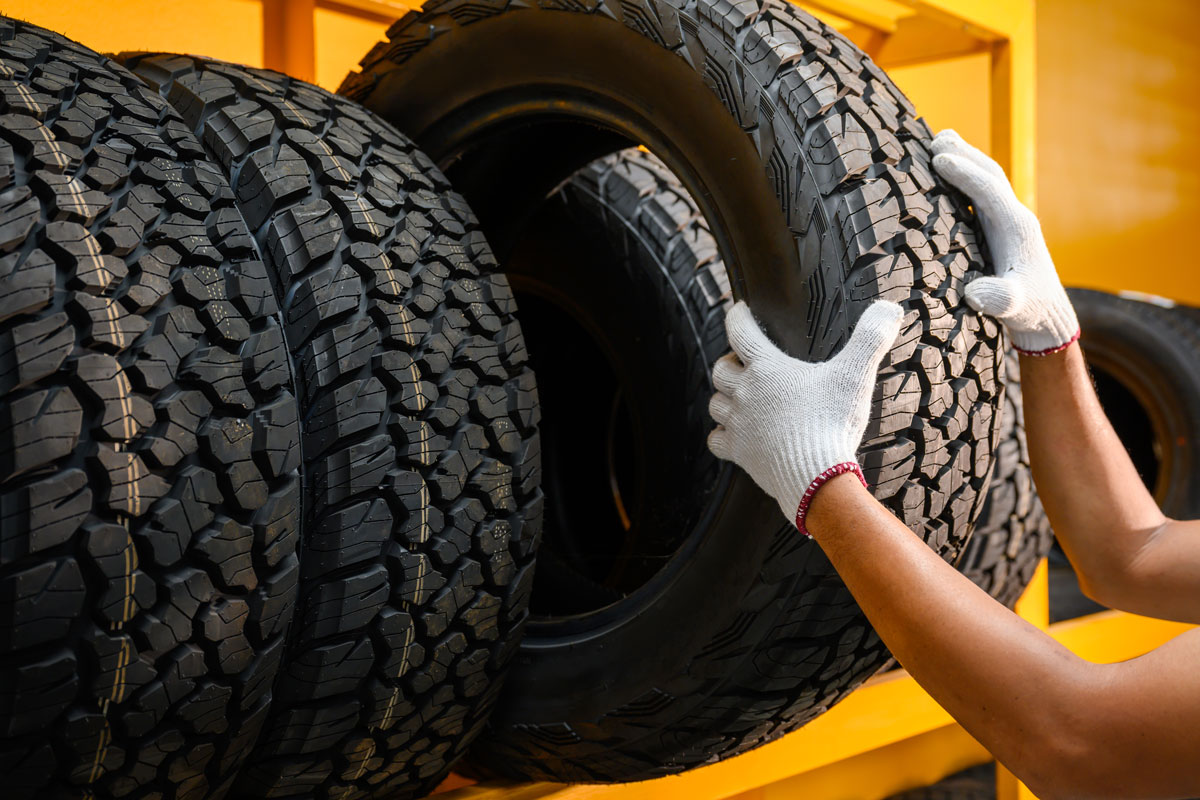
Follow the tire manufacturer's recommendations and the vehicle documentation closely when choosing your tire size. It's also important to adhere to any applicable laws, so the car remains street legal.
Additionally, consider:
- Tire size alters the vehicle's riding height.
- Tire size influences speedometer readings.
- The wheel well must not interfere with the tire's motion.
- Tire load capacity must be appropriate to the vehicle.
Up-Sizing Vs. Plus-Sizing Tires: What's The Difference?
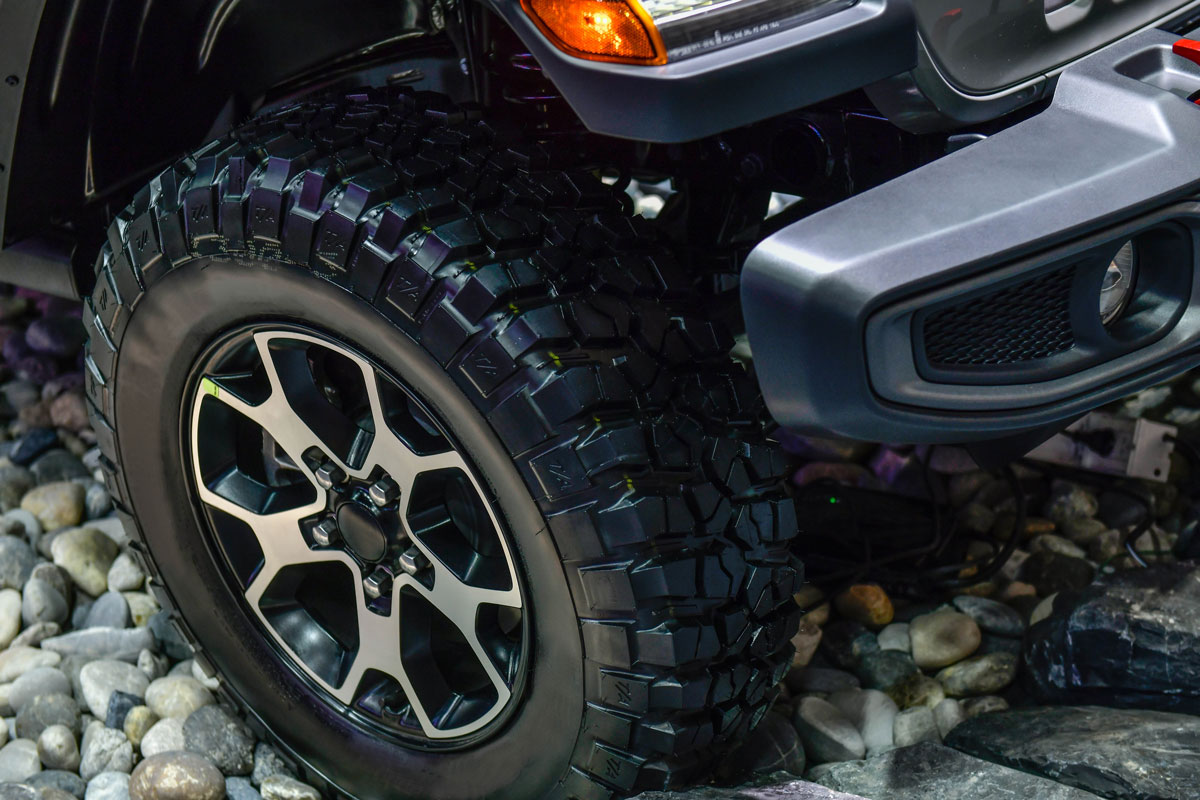
If you get confused about whether to upsize or plus-size your wheels and tires, we got you covered in this section.
When you up-size, you change the suggested tire size of your car's manufacturer to bigger sizes. However, the rim size of your car remains the same. When upsizing, you sometimes need to reprogram your car's computer since it affects the speedometer.
On the other hand, plus-sizing entails mounting rims with a larger diameter and low-profile tires with an identical diameter to the stock wheels, so it does not affect the speedometer or ground clearance.
What Are The Pros And Cons Of Having Bigger Tires?
Here are some advantages and disadvantages you need to consider should you decide to change your tires to a bigger size.
Pros
Increased Ground Clearance
Ground clearance is crucial in off-road driving situations, so it is probably one of the more well-known justifications for getting big wheels.
Your car inherently has more undercarriage clearance with larger tires. This is a huge advantage because it keeps the gear beneath the car well-cleared when you're driving over trenches, rocks, and bumpy terrain.
Additionally, it improves maneuverability, particularly in off-road regions where there may be surface rises and descents, ruts and bumps, and other impediments.
Aesthetically Pleasing
Any vehicle will look more customized with larger tires because it varies from the usual stock tire. If you prefer a vehicle with a unique appearance, up-sizing your tires is a relatively simple and affordable way to do it.
Cons
Inefficient Fuel Economy
The additional tire can significantly reduce fuel efficiency. Larger, more aggressive tires are excellent for off-road terrain, but they can be inefficient and noisy on asphalt roads.
To combat the "stickiness" of all that additional traction, your car must work harder. You'll likely notice your gas costs increase over time, as a result.
Vehicle Maneuvering Changes
Although some drivers might like the handling that larger tires offer, many find it challenging to keep their cars under control.
By causing your vehicle's body roll and load transfer to increase, this alters how it drives. When braking and turning, you could occasionally feel less stable, especially if you're going fast.
Larger wheels have a higher center of gravity, which makes it harder for the car to feel steady on the ground.
Warranty May Be Voided
Putting aside aesthetic considerations, some manufacturers will expressly advise against increasing the tire sizes on your car. Furthermore, if you opt to change your car's suspension with bigger tires and a lift kit, some automakers will even lose the warranty on it.
Expensive
It takes more work to upgrade the tires on your truck than to simply put bigger ones on the wheels and call it good. You might need to install new wheels that are suitable for your bigger tires in some circumstances.
You might need to install a lift or leveling kit to make a place for the tires you desire if they are too large for your wheel wells. This could prevent you from obtaining correct wheel alignment services in the future.
Click here for this leveling kit on Amazon!
Even though new rims and lift kits are frequently a coveted and fashionable addition to larger tires, they also come at additional expenditures you s should be aware while choosing your modifications.
Faster Tire Wear
The tire may end up wearing out more quickly, especially in the sidewall areas. Harsher steering and the rubbing of tires to the panel are also to blame for this. To avoid tires' untimely wear, it's essential to match compatible tires with the rim and wheel rim size.
What Are The Things You Should Look For When Buying Tires For Your Car?
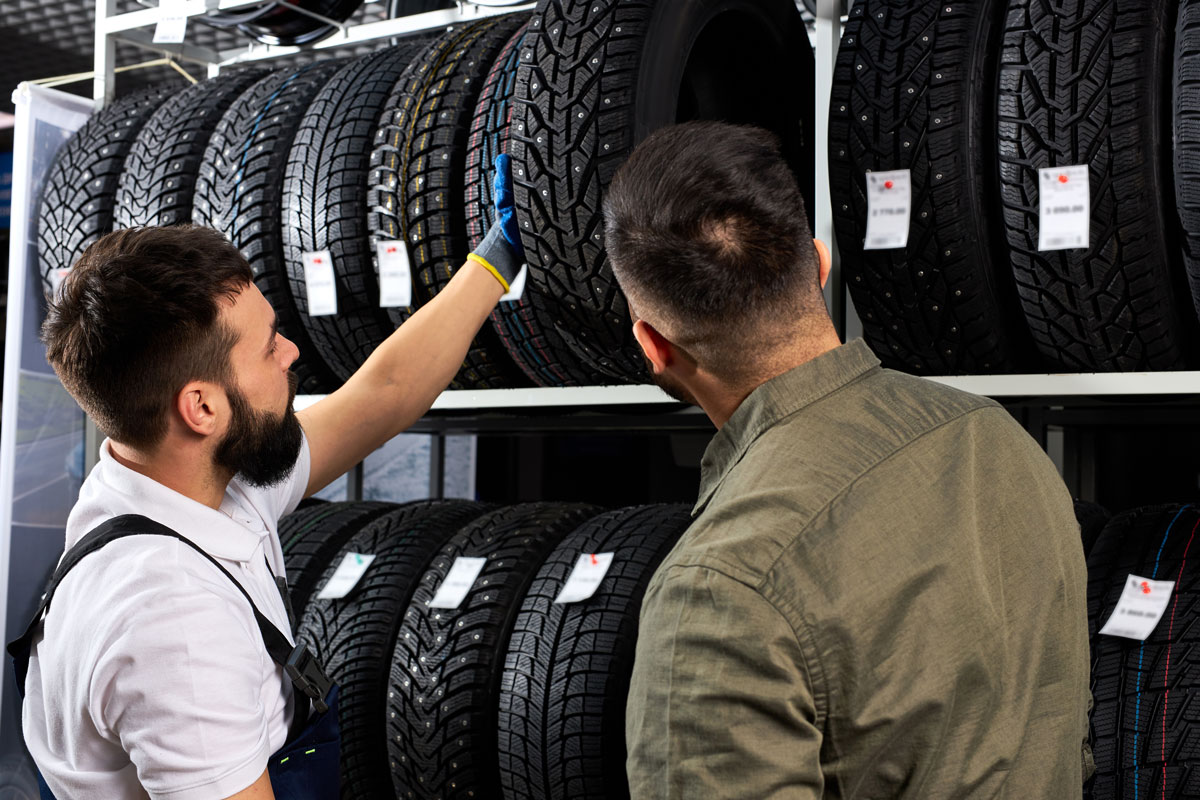
Aside from the tire size, there are two things you need to check before buying tires: load index and speed rating.
The load index indicates the heaviest weight that your car's tires can support at the top speed recommended by the manufacturer.
Another important consideration when selecting a tire is the speed rating. The maximum speed at which a tire can be driven safely while carrying its certified load capacity is indicated by the speed rating of the tire.
You must use tires with the appropriate speed rating; otherwise, you risk endangering your life.
Your tires' service description (load and speed index) should always be known whenever you replace the original equipment tires.
Even if you don't intend to test the boundaries, your speed rating and load index must match or be higher than the ratings of your original tires. By doing this, you can maintain the performance of your car.
Final Thoughts
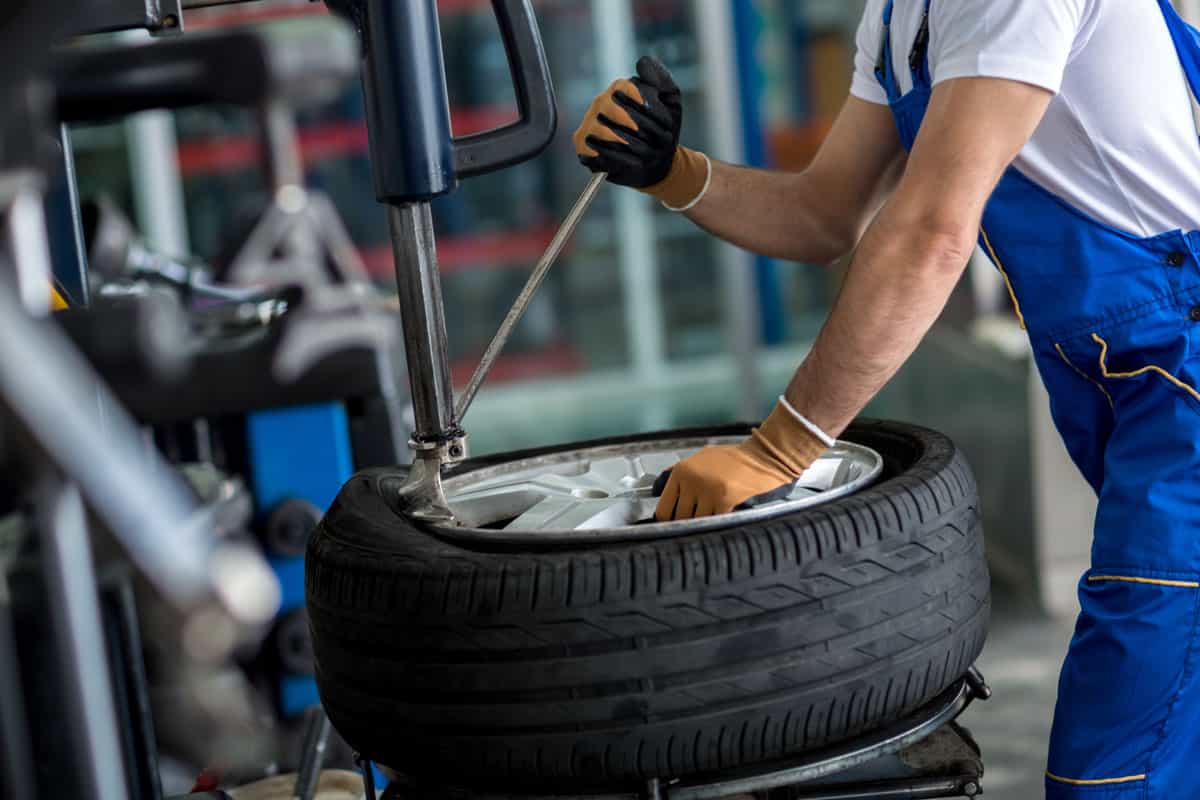
Thirty-three inches is the largest tire size you can fit your 15-inch rim. Although, some vehicle manufacturers recommend the tire size suitable for your vehicle.
Additionally, if you want to get bigger tires, you should prepare yourself for some additional modifications to your vehicle. Also, keep in mind the car performance factors that might be affected if you choose to upgrade your tire size.
You should also contemplate the pros and cons of having bigger tires. If going bigger means a reduction in your car's performance, then you should think hard about your decision.
Before leaving, you can check out these related articles:

